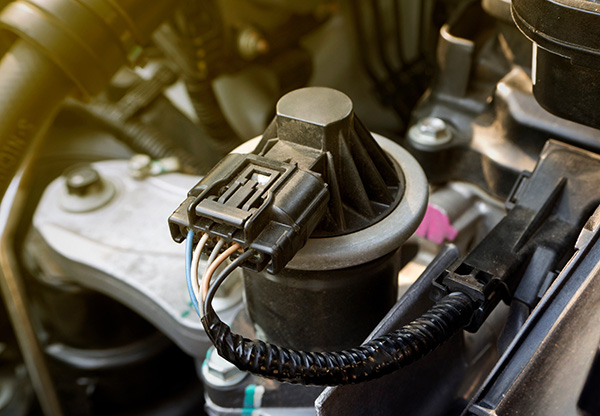
Although your vehicle's oxygen sensors may not seem like the most exciting aspect of its design, they play a vital role. These devices quietly monitor and optimize your engine's performance. But what exactly do they do, and why should you care about them? Let's explore their significance and how these small sensors can impact everything from fuel efficiency to emissions.
What Are Oxygen Sensors and How Do They Work
Oxygen sensors, often referred to as O2 sensors, are small electronic devices strategically placed in your vehicle’s exhaust system. Their job? To measure the amount of oxygen in the exhaust gases exiting your engine.
When your engine burns fuel, the ideal mix of air and fuel is crucial for efficient combustion. Oxygen sensors analyze the exhaust and send data to your car’s engine control unit (ECU). The ECU then adjusts the air-to-fuel ratio to maintain optimal performance.
This constant monitoring helps your car run efficiently, reduces harmful emissions, and prevents unnecessary wear on engine components.
Fuel Efficiency and Cost Savings
Did you know a failing oxygen sensor could cost you extra money at the gas pump? When the sensors aren’t functioning correctly, your car might burn too much fuel or not enough. Either way, your fuel economy takes a hit.
Maintaining optimal fuel efficiency is always a smart move for drivers in Royersford, PA, where gas prices can fluctuate. Replacing a faulty oxygen sensor can save you significant money over time by improving how efficiently your engine burns fuel.
Impact on Emissions and the Environment
If you’re conscious about your carbon footprint, your vehicle’s oxygen sensors are your allies. They ensure that your car meets strict emissions standards by controlling the pollutants released into the atmosphere.
When an oxygen sensor malfunctions, the ECU can’t adjust the air-to-fuel ratio accurately, leading to higher emissions. Not only does this harm the environment, but it could also cause your vehicle to fail an emissions test.
Performance Issues Caused by Failing Oxygen Sensors
Have you ever noticed your car running rough, hesitating during acceleration, or stalling at inconvenient times? Faulty oxygen sensors could be the culprit. When the sensors can’t provide accurate data to the ECU, your engine’s performance can suffer.
Symptoms of a bad oxygen sensor might include:
Ignoring these signs could lead to more serious (and costly) engine issues.
How Often Should You Replace Oxygen Sensors
Oxygen sensors don’t last forever, but their lifespan can vary depending on your car’s make and model. Generally, they should be replaced every 60,000 to 100,000 miles. For newer vehicles, the interval might be even longer.
If you’re driving in Royersford, PA, seasonal temperature changes and local road conditions can also influence how quickly your sensors wear out. Keeping up with regular inspections can help you catch problems early before they escalate.
Can You Drive with a Failing Oxygen Sensor
Technically, yes. But should you? Absolutely not. Driving with a failing oxygen sensor might not stop your car immediately, but it can lead to costly repairs down the line. Poor air-to-fuel ratios can cause damage to your catalytic converter—a much more expensive part to replace.
To avoid these headaches, it’s best to address any oxygen sensor issues as soon as they arise.
Don’t let a faulty oxygen sensor lead to costly repairs. Trust Wes Jackson Automotive for comprehensive diagnostics and repairs in Royersford, PA. Contact us now to book your service and drive with confidence!